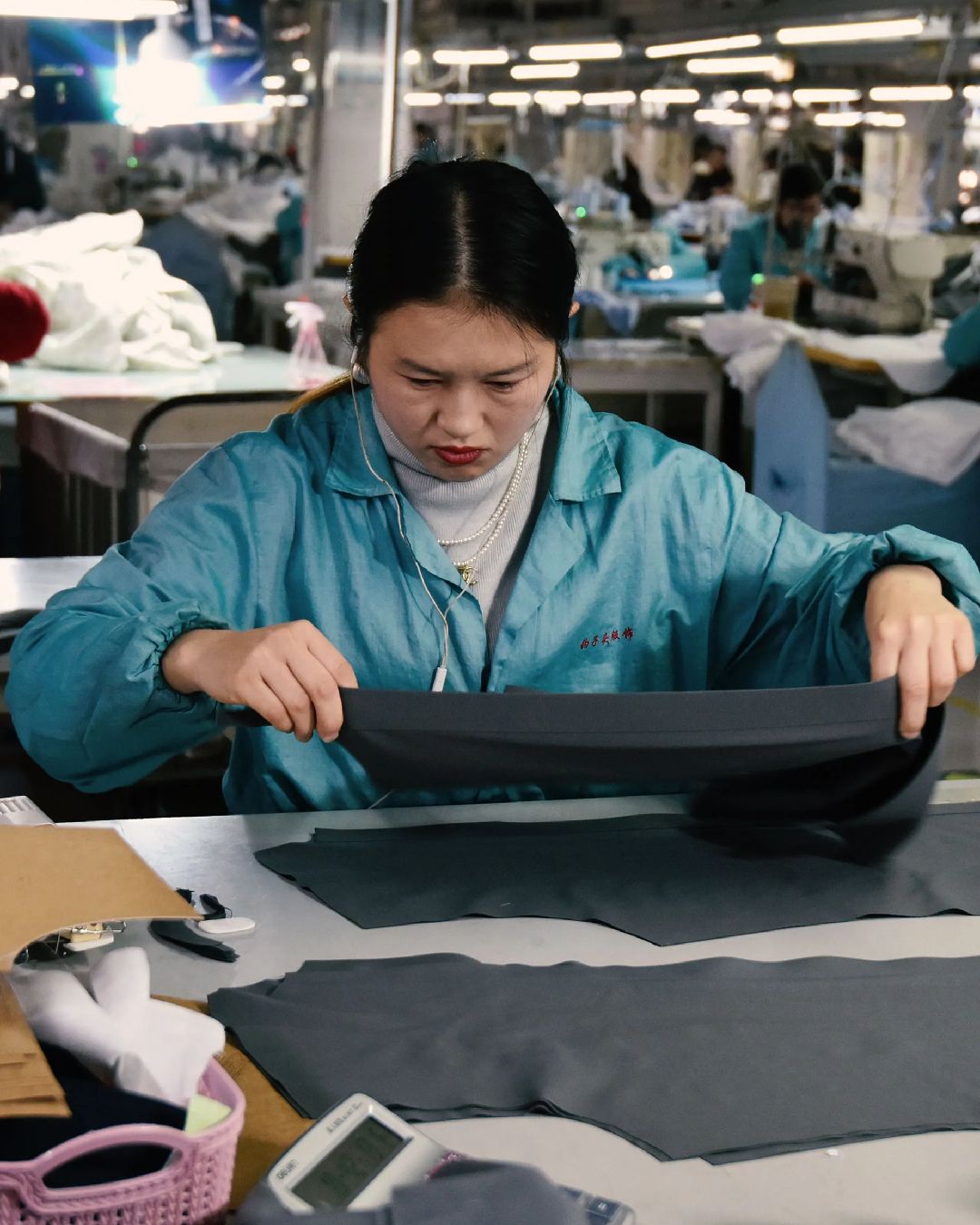
Even luxury lacks staff The 2000 vacant positions at LVMH
If you have a propensity for manual labour and a fascination for the world of fashion, LVMH may soon be hiring you. According to statements reported by WWD and delivered by Chantal Gaemperle, executive vice president of human resources, at what could be called the world's largest luxury group, vacancies are peaking due to a lack of skilled workers. «This year we have a record number of open positions, 2,000 to be filled by the end of the year between leatherworkers, jewellers, watchmakers and sales people, as well as hospitality and catering staff. And if we project a little further, until 2024, we are talking about 30,000 vacant positions» - Gaemperle said. While Alexandre Boquel, head of development of LVMH's Métiers d'Excellence division, said that the group had intensified its efforts to find new talent through a recruitment tour in five French cities and school programs aimed at 1,600 students under the age of 14, during what he described as "a crazy year with one obsession: passing on know-how".
It is a fact that the fashion industry attracts an increasing number of students every year, but most of them approach it with the dream of holding creative jobs rather than dealing with the practical side of clothes making. «It is estimated that every year about 10% of the total number of employees in the industry graduate in Fashion Design, which in turn has created an oversupply» says Kozlowski from the CFDA's Department for Education in an interview with BOF. For example, each year in the US the industry would have to make room for 1,700 jobs in Fashion Design to keep up with the annual number of new graduates, but there are fewer and fewer jobs offered. The same is true in the UK, home to seven of the top fashion schools, where, according to data provided by Graduate Prospects, only one in seven Fashion Design students finds a job as a designer, whilst the others hold roles in retail, marketing, administration. Thus, while more than 85% of the graduates of the faculty eventually find full-time employment, most of them do not fill the job they had studied for. On the one hand there is an excess of demand in the area of creativity, on the other hand there is a shortage of offer, while with regard to manual trades the exact opposite happens: hundreds of positions are available and no one has the required skills to fill them, partly because of the high level of labour sought by the brand, partly because a large part of Gen Z does not want to consider the more practical tasks.
«The democratization of various tertiary institutions has caused the stigmatization of these professions. It's a shame. I think of these young people who prefer to stay at home for years because they want to pursue a career in which they will have no outlet» - writes Marine Miller in Le Monde. The common denominator is disappointment: between university education veering towards privatization, underpaid internships and unbridled competition in every creative field, achieving the dream job becomes increasingly frustrating and unlikely. At the same time, labour is scarce in every sector, from agricultural fields to textile factories, and the team that is applauded at the end of the Haute Couture shows remains 90% of the stereotypical dressmaker, usually Italian or French and quite advanced in age. To subvert the pattern LVMH plans to increase the number of admissions at its Institut des Métiers d'Excellence, which since its founding in 2014 has trained around 1,400 people in France, Switzerland, Italy, Spain, Germany and Japan, while this autumn 450 apprentices will join the program, which is also expanding for the first time in the United States with Tiffany & Co. Anyone who dreams of working in fashion should perhaps give it some thought before deciding to spend twenty thousand euros in tuition fees on a course of study that could lead straight to unemployment.























































